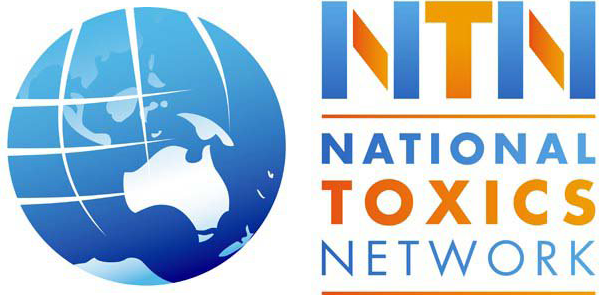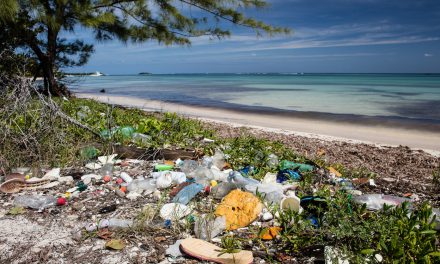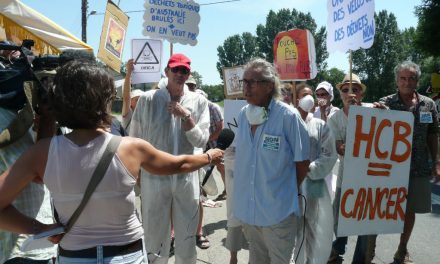Many household products contain toxic chemicals that are corrosive, ignitable, or reactive ingredients and are considered ‘hazardous wastes’. Examples include leftover paints, cleaners, oils, batteries and pesticides. Even old carpet and foam contain toxic chemicals that are hazardous wastes.
Improper disposal of household hazardous wastes by pouring them down the drain, on the ground, into storm sewers, or disposing of them in the general rubbish collection, pollutes the environment and poses a threat to human health.
Toxic or hazardous waste from industry and municipal garbage also includes a wide range of toxic chemicals like PCBs, solvents, pesticides, mercury, radioactive materials and biologic or infectious waste.
The largest components of hazardous waste are the unwanted byproducts of industrial processes. Hazardous wastes require special transport and handling to ensure their environmentally sound management.
Industry is required to report estimates of some hazardous wastes to the National Pollutant Inventory.
To learn more read ‘Australia’s NPI, is it serving the Communities Right to Know’.
Read more
List of household products that may contain toxic chemicals and add to hazardous wastes.
Australia’s Hazardous HCB Waste Stockpile



